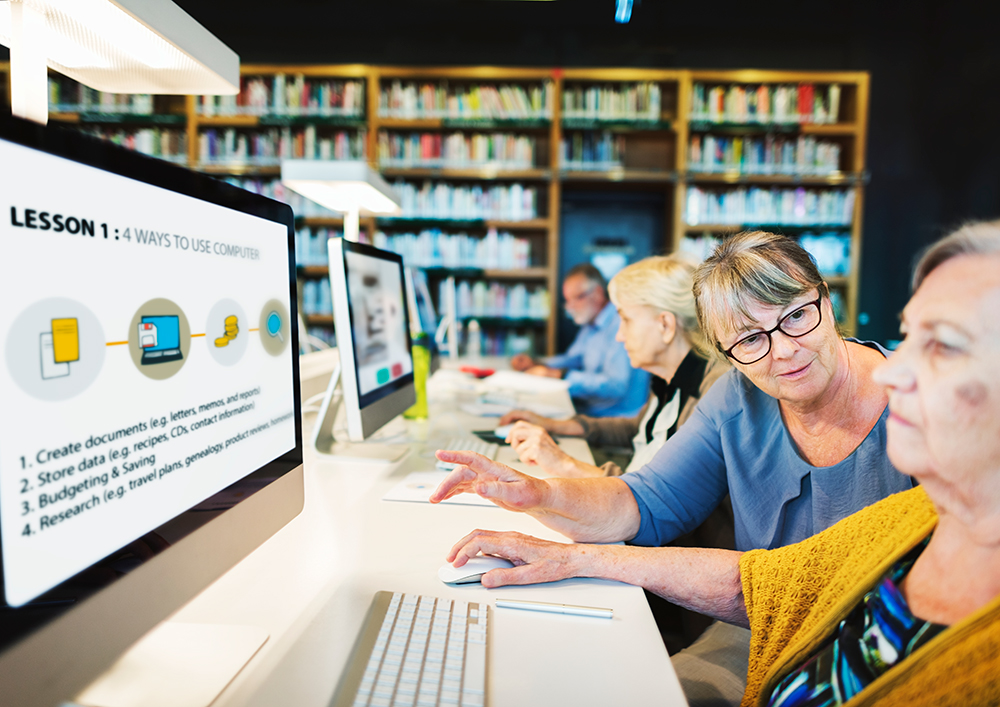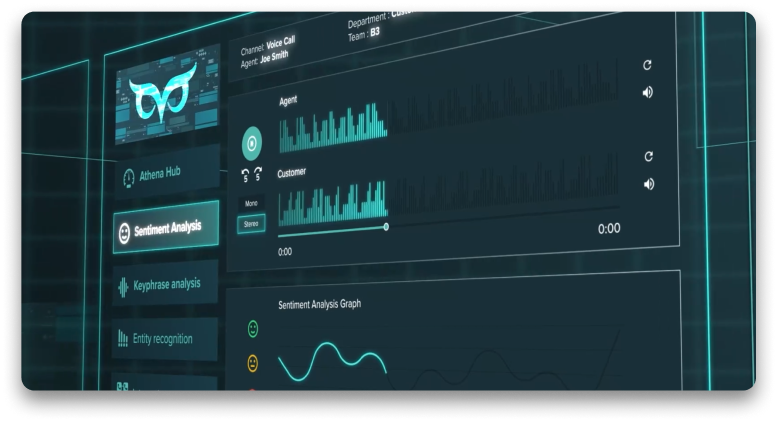17th May 2022 marks World Telecommunications and Information Society Day (WTISD). An annual event dedicated to raising awareness of the possibilities that the use of the Internet and other information and communication technologies (ICT) can bring to societies and economies, as well as bridging the digital divide.
With the ageing of the global population becoming the defining demographic trend of the 21st century- our society needs to embrace and uncover the opportunities that this trend may bring.
This year’s theme ‘Digital technologies for older persons and healthy ageing’, focuses on the important role of telecommunications/ICTs in supporting people to stay healthy, connected and independent – physically, emotionally and financially. Over the next couple of years, there are hopes that more initiatives will be accelerated to include digital technologies for older persons and in turn, contribute towards healthy ageing.
The world is digitising, but is our older generation left behind?
Statistics show that over the last few decades average life expectancy in Europe has increased for males, from 45 to 75 years, and from 49.6 years to 79.9 for females, with the overall number of people aged 65 years or over predicted to reach 1.5 billion by 2050.
Over the past two years, many organisations and services were only available to be accessed digitally due to the global pandemic, without the consideration of inclusivity and disability features which has a largely negative impact on older generations. Telecommunications and information communication technologies (ICTs) have an instrumental role to play as technology has become the focal point of billions of people’s lives across the globe. The simple task of using google maps to get across town, or the purchasing of your train tickets whilst on the move to save time standing in a queue at the ticket counter – technology continues to develop to simplify and increase efficiencies in our daily lives.
How can we engage and facilitate the older generation in technology?
The gap in our ageing societies brings about an opportunity for ICT firms. According to data from the Senior Watch Project, many of the older European generation are quite open-minded towards new technologies, and many have already gained hands-on experience with ICT’s. However, at the same time, almost one third of the European elderly citizens are at risk of exclusion from ICT. By embracing the older generation, by educating, and making more technology available, we can switch this crisis into an opportunity for Technology companies.
Addressing new challenges of the technological generation gap
Over recent years, there has been a push for ICT providers to consider the digital divide, however, there is still a gap to fill when it comes to adoption of tools and processes for the ageing population. Research shows that 55-64 year olds have joined in on the smartphone revolution, with the percentage more than doubling since the year of 2012, from only 19% to 50%. Increasingly, statistics show that 59% of 65-69 year-olds own smartphones, as do 49% of 70-74 year-olds.
These statistics suggest that access to digital tools and services are not the main challenge at stake- it’s the education on the diversification of multiple tools, softwares and devices. In 2020 access via the usage of a computer device seems to still be the most popular among online users aged 65+ reaching 87% of users.
Let’s look at how digital communication tools can help ageing customers:
1. Chat Bots and online help
Thanks to ICT’s, there are alternative methods to reaching assistance, and no longer are in-person visits a necessity. A virtual agent – better known as a live chatbot – can interact with a person through online chat by addressing many different problems at one given time. It can provide information, ask questions, as well as give medical history and appointment reminders.
The constant development and innovation of expanding the functions of virtual agents are becoming increasingly sophisticated. Not only are virtual agents able to provide you with standardised answers, but Chatbots are able to connect customers to live agent support if they are not reaching the desired answers.


Innovations like this can allow for improved efficiencies – enabling customers to reach standardised questions much faster, and only complex questions will be redirected to live agent support- reducing customer wait times.
As many organisations have joined the paperless revolution, ageing populations can now pay bills easily online. For disputes and queries, there is almost always an email or live chat support readily available by simply referencing your account reference number. can allow for quicker healthcare assistance, reaching more patients effectively.
2. Virtual health support and easier, accessible medical records
ICT’s have developed many attractive support systems to assist in aiding medical conditions. With the help of an Omnichannel approach, healthcare professionals are adjusting the way they triage, evaluate, and care for patients, whilst incorporating telehealth technology.
Delivering acute, chronic, primary and specialty care to ageing patients through virtual health services has been a complete game changer. An Omnichannel approach allows individuals to take control of their health and communicate via email, text, web, chat and mobile phone.


All patient records can be securely stored in one central location, making the patient journey that much easier, and mitigating human error such as forgetting key parts of one’s medical history. Not only has virtual health support become an increase in focus for the ageing population, but opportunities such as online banking and financial support has benefited this target group immensely.
No longer are you required to make an appointment in person to visit your financial banker to make a transaction, you can simply do these transactions from the comfort of your home- utilising advanced customer engagement software. However, more needs to be done on educating the ageing population on how to utilise these functions.
Leading financial services providers are taking big leaps in tackling the digital divide – such as Barclays Digital Eagles who are helping people in care homes learn important digital skills, running digital code workshops, and have online educational tools for banking at home just to name a few.
3. Slowing down: age-related cognitive declines and illnesses
By learning new computer skills, an older person is required to make cognitive effort, which helps to stimulate their cognitive abilities and functions which naturally decreases with ageing. By having a user-friendly platform, your company can assist the older generation to be more confident in their abilities to use technology. Incorporating solutions that offer both chat bot or self service options in conjunction with agent-live support is paramount to success.


The older generation is more familiar with engaging with live human customer support when making decisions, as in the past- human interaction instilled trust. For this reason- when advancing technology capabilities, we need to keep in mind alternative solutions to purely self service support, and ensure a well-skilled customer support team is creating a successful customer journey.
We are not as behind in this as what we may think – and the opportunities are there waiting to be fostered. A 2019 study from Pew Research found that 73% of adults who are aged 65 + use the internet. That number is up from just 14% in 2000.
Taking this into account, communications software and solutions providers still need to ensure that they assist in educating the older generation on how to use the websites and platforms -, as there is still a large knowledge gap in place. By having a self-explanatory platform, with knowledgeable customer care agents available to assist or educate if needed, elderly customers can feel more empowered to use online communication solutions, enabling businesses that use this technology to attract and retain more elderly customers.
The ageing population is not a blockade for digital advancements- it’s an opportunity to become better and more inclusive. Simply said- more needs to be done around educating to avoid those being left behind.
To learn more about how Connex One is helping people to succeed, get in touch with our team at hello@connexone.co.uk or request a free demo of our platform here.


